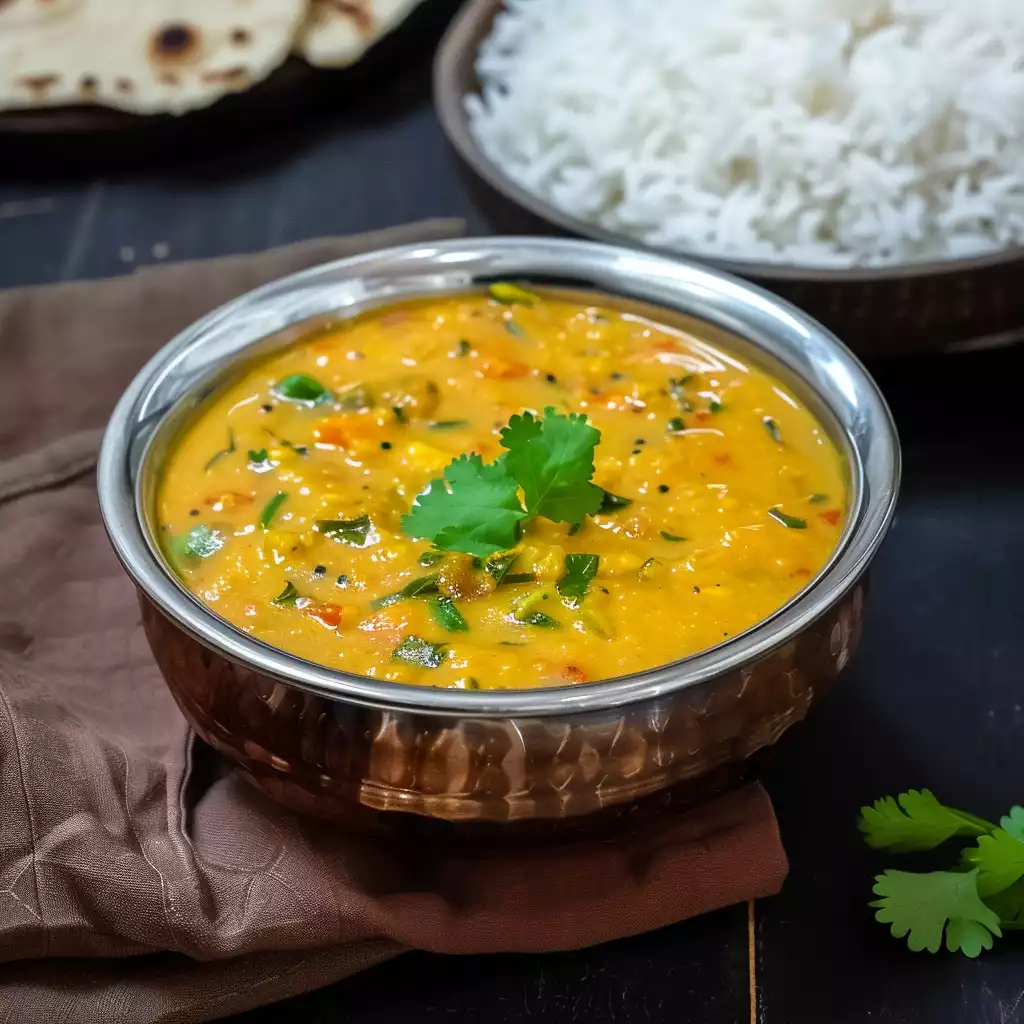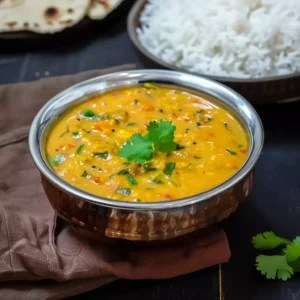
Urad dal, also known as black gram or black lentil, is a staple ingredient in many Indian households, known for its versatility and rich flavor. This humble legume has a long history dating back to ancient times, where it was cultivated in the Indian subcontinent and has since spread to various other regions of the world.
The recipe for urad dal has been passed down through generations, with different variations and cooking techniques that have evolved over time. It is a popular ingredient in Indian cuisine, particularly in dal dishes such as Dal Makhani and Tadka Dal, as well as in snacks like vada and papad.
Despite its widespread popularity, cooking urad dal can be a bit challenging for beginners due to its longer cooking time and the need for precise soaking and pressure cooking techniques. However, with a little patience and practice, anyone can master the art of preparing delicious urad dal dishes in their own kitchen.
Urad Daal: Urad daal, also known as black lentils, is a type of bean commonly used in Indian cuisine. It has a rich, nutty flavor and creamy texture when cooked. Urad daal is a good source of protein, fiber, and various vitamins and minerals.
Salt: Salt is a basic seasoning that enhances the flavors of the dish. It also helps to balance the other flavors and bring out the natural taste of the ingredients.
Turmeric: Turmeric is a bright yellow spice that is commonly used in Indian cooking. It adds a warm, earthy flavor and a vibrant color to dishes. Turmeric is also known for its anti-inflammatory and antioxidant properties.
Cumin Seeds: Cumin seeds have a warm, nutty flavor and are often used in Indian cooking to add depth to dishes. They can be used whole or ground, depending on the recipe.
Ghee: Ghee is clarified butter that is commonly used in Indian cooking for its rich flavor and high smoke point. It adds a rich, buttery taste to dishes and is often used for sautéing and frying.
Onion: Onions are a staple ingredient in many cuisines around the world. They add a sweet and savory flavor to dishes and can be cooked in various ways to achieve different textures and tastes.
Garlic: Garlic adds a pungent, slightly spicy flavor to dishes and is often used in Indian cooking for its aromatic properties. It can be used fresh or dried, depending on the recipe.
Ginger: Ginger has a warm, peppery flavor and is commonly used in Indian cuisine for its unique taste and medicinal properties. It adds a zesty kick to dishes and pairs well with other spices.
Green Chillies: Green chillies add heat and a fresh, spicy flavor to dishes. They can be used whole or chopped, depending on how much heat you want to add to the dish.
Tomatoes: Tomatoes add a tangy sweetness and a slight acidity to dishes. They can be used fresh or canned, depending on the recipe, and add color and depth of flavor to the dish.
Garam Masala: Garam masala is a blend of ground spices commonly used in Indian cooking. It adds warmth, depth, and complexity to dishes and can vary in flavor depending on the blend of spices used.
Fresh Coriander Leaves: Fresh coriander leaves, also known as cilantro, add a fresh, citrusy flavor to dishes. They can be used as a garnish or added to dishes during cooking for a burst of fresh flavor.
Serving Suggestions:
Variations:
Urad dal, also known as black gram or black lentil, is a type of legume that is commonly used in Indian cuisine. It is a rich source of protein and iron.
Urad dal can be used whole or split and is commonly used in dishes such as dals, curries, and soups. It is also used to make dosas, idlis, and vadas.
Yes, Urad dal is a healthy food choice as it is high in protein, fiber, and vitamins. It is known to have various health benefits such as improving digestion, aiding in weight loss, and lowering cholesterol.
To cook Urad dal, first rinse it well and then soak it in water for a few hours. Drain the water and cook the dal in a pressure cooker with water, salt, and any spices you prefer. You can also add vegetables or meats to make a more hearty dish.
Can Urad Dal be stored?
Yes, Urad dal can be stored in an airtight container in a cool, dry place for several months. It can also be stored in the freezer for longer shelf life.
Here are some more recipes for you to enjoy! If you my recipes don’t forget to rate and leave a comment.
If you have any recipe suggestions, please do not hesitate to ask me. A great way to stay in contact with me is through Instagram, Facebook, Twitter and YouTube. Don’t forget to tag me @CookwithNabeela in your recipe photos!

Subscribe now to receive my latest recipes directly in your inbox. Stay up-to-date and never miss out!

I love to cook! I want to share with you my favourite, delicious family-friendly recipes. I want to inspire you to create fantastic food for your family every day.
Add your first comment to this post